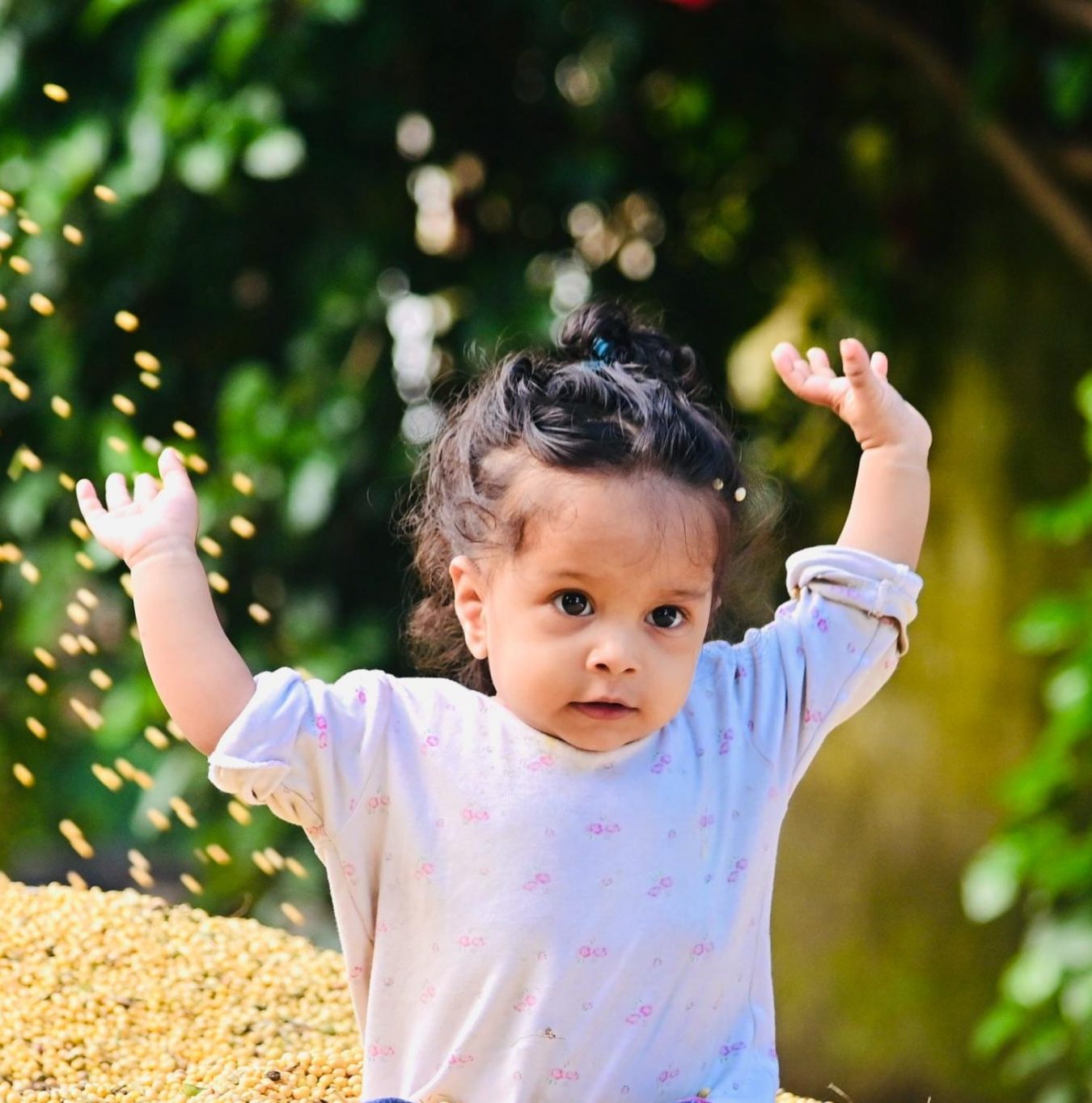I. Introduction

Head injuries in toddlers can be a source of great concern for parents. The well-being and safety of their child is always a top priority, and understanding the signs and symptoms of a head injury is crucial in order to ensure proper care and treatment. In this blog post, we will explore the importance of recognizing and responding to head injuries in toddlers, and the immediate actions that parents should take.
II. Signs and Symptoms of a Head Injury
A. Immediate Signs
- Loss of consciousness: If your toddler loses consciousness after hitting their head, it is a clear sign of a severe head injury. It is important to note the duration of unconsciousness, as well as any changes in behavior or responsiveness when they regain consciousness.
- Vomiting: Immediate vomiting after a head injury can indicate a concussion or more serious brain injury. It is essential to monitor your child closely for any signs of vomiting, as it may indicate increased pressure on the brain.
- Seizures: Seizures can occur after a head injury, and should be treated as a medical emergency. If your toddler experiences a seizure, it is important to keep them safe by laying them on their side to prevent choking, and contacting medical professionals immediately.
B. Delayed Symptoms

- Persistent headache: If your toddler complains of a headache that persists after a head injury, it may be a sign of a more serious condition. Headaches that worsen with time or are accompanied by other symptoms should not be ignored.
- Prolonged drowsiness or difficulty waking up: If your toddler is unusually sleepy or has difficulty staying awake after a head injury, it may indicate a more severe brain injury. This could be an indication of a concussion or other brain trauma.
- Changes in behavior or personality: A head injury can cause significant changes in a toddler’s behavior or personality. Look out for irritability, confusion, or other unusual behaviors that persist after the injury.
- Difficulty with balance or coordination: A head injury can affect a toddler’s balance and coordination. If your child has difficulty walking or seems unsteady on their feet, it may be a sign of a head injury.
III. Immediate Actions to Take After a Head Injury
A. Physical Examination
- Assessing the child’s level of consciousness: After a head injury, it is crucial to monitor your toddler’s level of consciousness. Check if they are awake, alert, and responsive. If they show signs of confusion or have difficulty following commands, it may indicate a more severe injury.
- Checking for visible cuts, bruising, or swelling: Examine your toddler’s head for any visible signs of injury. Look for cuts, bruises, or swelling, as these may indicate more serious trauma.
- Monitoring vital signs: Keep an eye on your child’s vital signs, including their pulse, breathing rate, and temperature. Any abnormalities in these signs may indicate a more serious head injury.
B. Seeking Medical Attention

- Call the doctor or go to the emergency department: If your toddler shows any signs or symptoms of a head injury, it is important to seek medical attention immediately. Call your doctor or go to the nearest emergency department for a thorough evaluation.
-
Discussing the incident in detail with healthcare professionals for accurate diagnosis: When seeking medical attention, provide healthcare professionals with detailed information about the incident. Describe how the injury occurred, any immediate symptoms observed, and any subsequent changes in your child’s behavior or condition.
IV. Determining When a Toddler Can Sleep After a Head Injury
A. Observation Period
The period of observation after a head injury is crucial in determining when a toddler can safely sleep. It is typically recommended to keep the child awake for a certain period, especially if there are concerns about a possible concussion or more severe head injury. During this time, parents or caregivers should closely monitor the child for any concerning signs or symptoms. If any of the following signs are observed, immediate medical attention should be sought:
- Loss of consciousness: If the child loses consciousness at any point after the head injury, it is important to seek medical help right away.
- Vomiting: Frequent or persistent vomiting can be a sign of a more serious head injury and should not be ignored.
- Seizures: Any seizure activity, even if it appears brief or unfamiliar, should be taken seriously and evaluated by a healthcare professional.
B. Consultation with a Healthcare Professional
It is vital to seek medical advice regarding sleep after a head injury. Healthcare professionals, such as pediatricians or emergency room doctors, have the expertise to evaluate the severity of the injury and provide appropriate guidance. Some questions to ask the doctor during the consultation may include:
- What specific signs or symptoms should I be attentive to when determining if it is safe for my toddler to sleep?
- Are there any specific guidelines or recommendations regarding sleep duration or positions?
- When should I be concerned about my child’s sleep patterns after a head injury?
V. Factors to Consider for Safe Sleep After a Head Injury
A. Severity and Nature of the Injury
The severity and nature of the head injury play a significant role in determining when a toddler can safely sleep. A mild head injury, such as a bump or bruise without any loss of consciousness or concerning symptoms, may not require an extended period of wakefulness before sleep. Conversely, a more severe head injury, such as a concussion or skull fracture, may necessitate a longer observation period and closer monitoring.
Potential complications and associated risks should also be taken into account. Some head injuries may increase the risk of conditions like bleeding in the brain, which can worsen during sleep. Understanding the nature and potential complications of the injury is essential in determining when it is safe for a toddler to sleep.
B. Individualized Recommendation

Each child’s recovery rate and needs can vary after a head injury. Some toddlers may require more time to recover and may need to postpone their sleep for a longer period. It is crucial to follow the doctor’s specific instructions for sleep and rest, as they will provide individualized recommendations based on the child’s condition. These recommendations may include the duration of the observation period, sleep positioning, or the use of any necessary aids or precautions.
VI. Providing a Safe Sleeping Environment
A. Choosing the Right Bed
When a toddler can safely sleep after a head injury, it is important to ensure they have a comfortable and supportive sleeping environment. This includes selecting an appropriate mattress that provides adequate support for their developing bodies. The bed should be free of potential hazards such as loose bedding, stuffed animals, or pillows that may pose a suffocation risk.
B. Monitoring the Child During Sleep
Even after determining it is safe for a toddler to sleep following a head injury, it is important to continue monitoring them during sleep. Parents or caregivers should make it a habit to check on the child regularly throughout the night, observing their breathing, positioning, and overall well-being. For added reassurance, the use of monitors or technology can be considered to provide extra vigilance while the child is asleep.
VII. Conclusion
After a toddler sustains a head injury, determining when they can safely sleep requires careful observation and medical advice. The observation period, consultation with healthcare professionals, considering the severity of the injury, individualized recommendations, providing a safe sleeping environment, and monitoring the child during sleep are key factors to ensure the toddler’s safety and well-being. By following these guidelines, parents and caregivers can make informed decisions and provide the best care for their child’s recovery and overall health.

